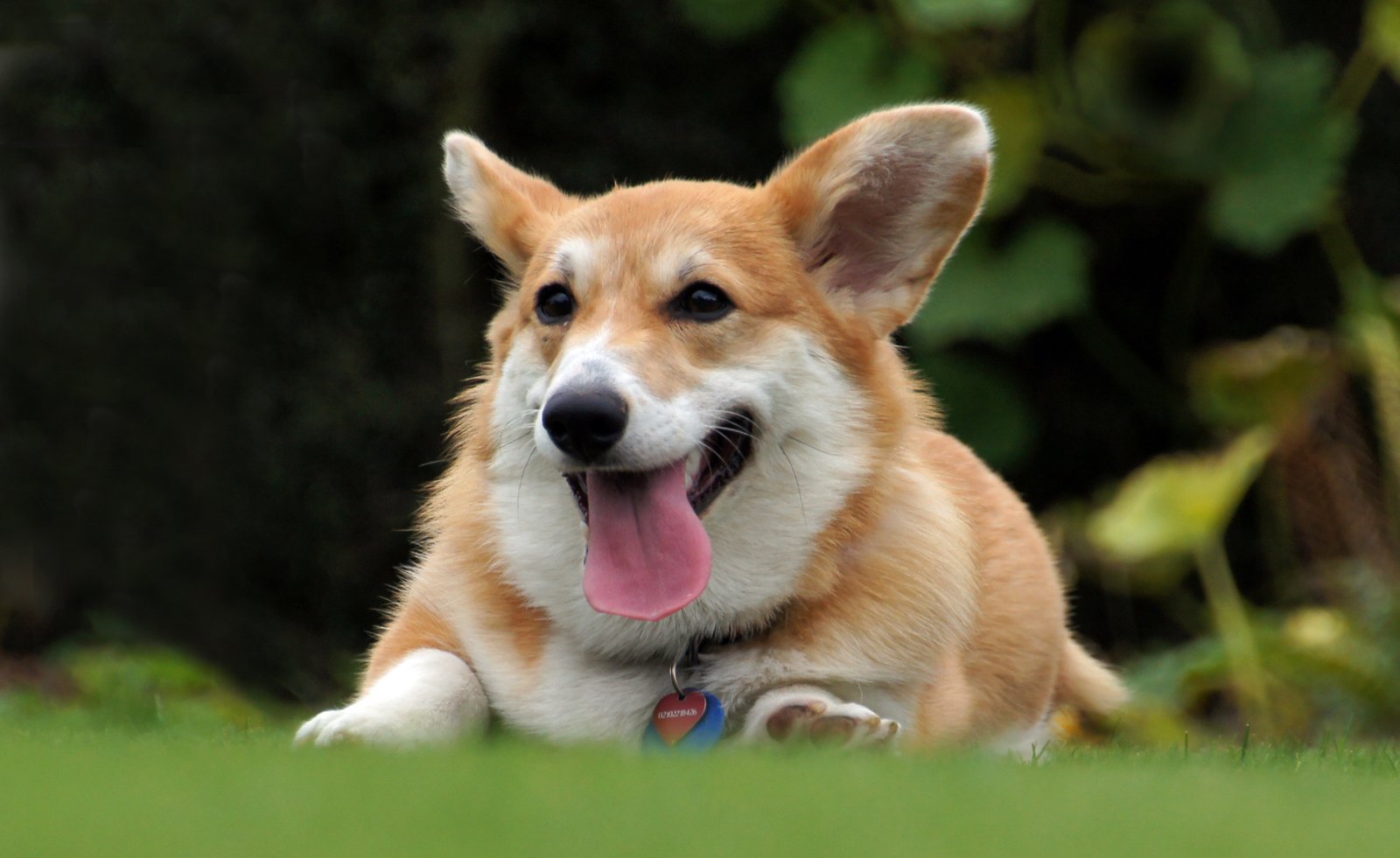Have you ever watched a pack of dogs at the park and wondered, “Who gets along better—those with pedigrees or those with a patchwork of breeds?” It’s a question that pulls at the heartstrings of every dog lover. The answer isn’t as simple as you might think, and it’s packed with surprises that could change the way you view canine companionship forever.
Understanding the Basics: What Makes a Dog Mixed or Purebred?

When it comes to choosing a dog, breed often plays a big role — but how much does it actually affect their ability to bond with other dogs? Some people swear that mixed breeds are more adaptable and easygoing, while others believe purebreds, with their predictable temperaments, have the social edge. The truth is a bit more complicated. Research suggests that both genetics and early experiences shape a dog’s social skills, meaning breed alone might not tell the whole story.
Let’s start at the beginning. Purebred dogs come from a long line of ancestors that are all the same breed, carefully selected for specific traits. Think of purebreds like a classic recipe—consistent, predictable, and refined over generations. On the other hand, mixed breeds are like a mystery stew, combining the genes, personalities, and quirks of two or more breeds. These dogs can surprise you with their looks, mannerisms, and temperaments, making each one truly unique. Knowing where a dog comes from is just the first step in understanding how they interact with others, both human and canine. But does heritage really decide how well a dog bonds with its peers? Let’s dig deeper.
The Social Nature of Dogs: Instincts That Shape Bonding
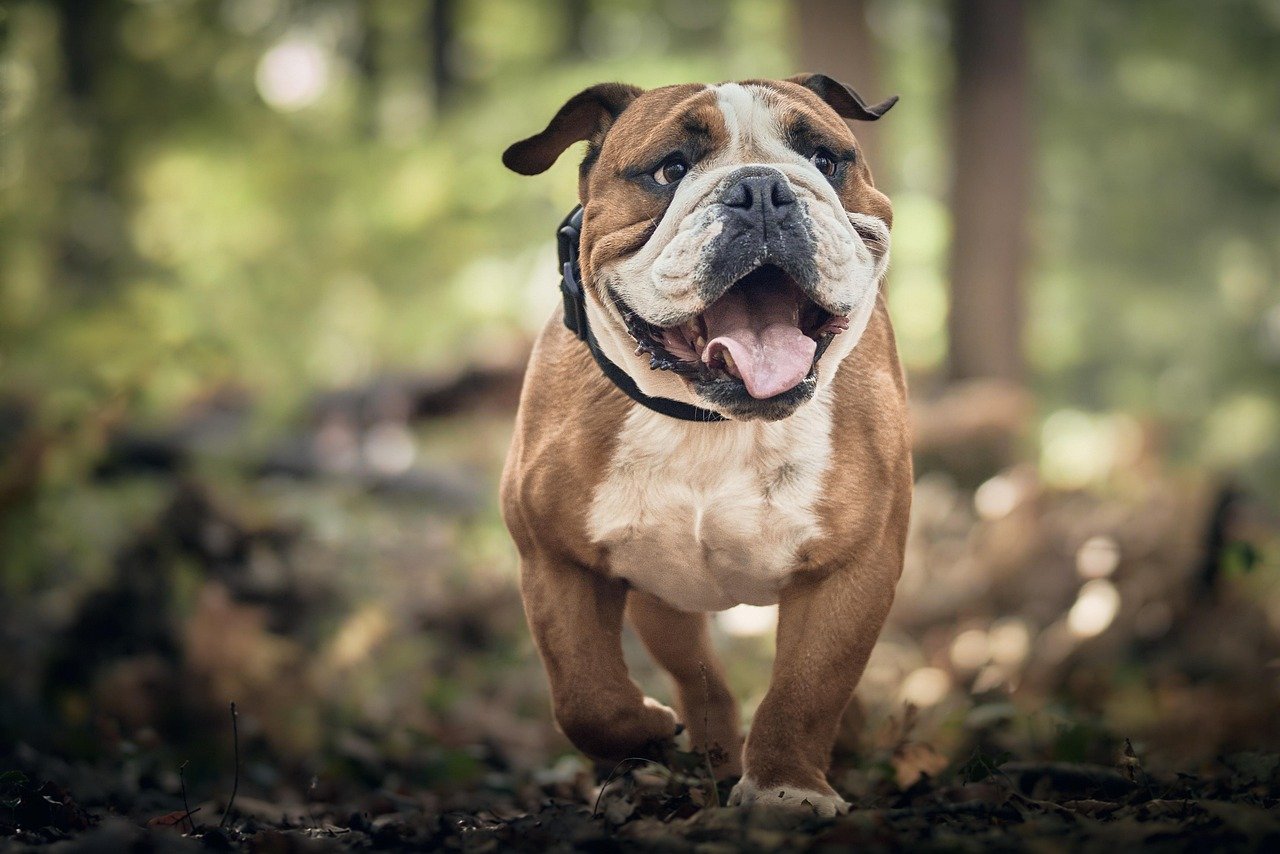
No matter their background, dogs are natural pack animals. Their ancestors survived and thrived by sticking together, communicating through body language, scent, and even subtle glances. This deep-rooted instinct to connect doesn’t disappear, whether a dog is purebred or mixed. Still, how these instincts are expressed can vary dramatically. Some breeds were developed specifically to work closely with humans and other dogs—think herding breeds or hunting packs—while others were bred for independence or guarding. Mixed breeds often inherit a blend of these instincts, which can sometimes lead to a more balanced social demeanor. The way each dog interacts is shaped by history, but also by the unique cocktail of genetics they receive.
Temperament: Nature, Nurture, or a Bit of Both?
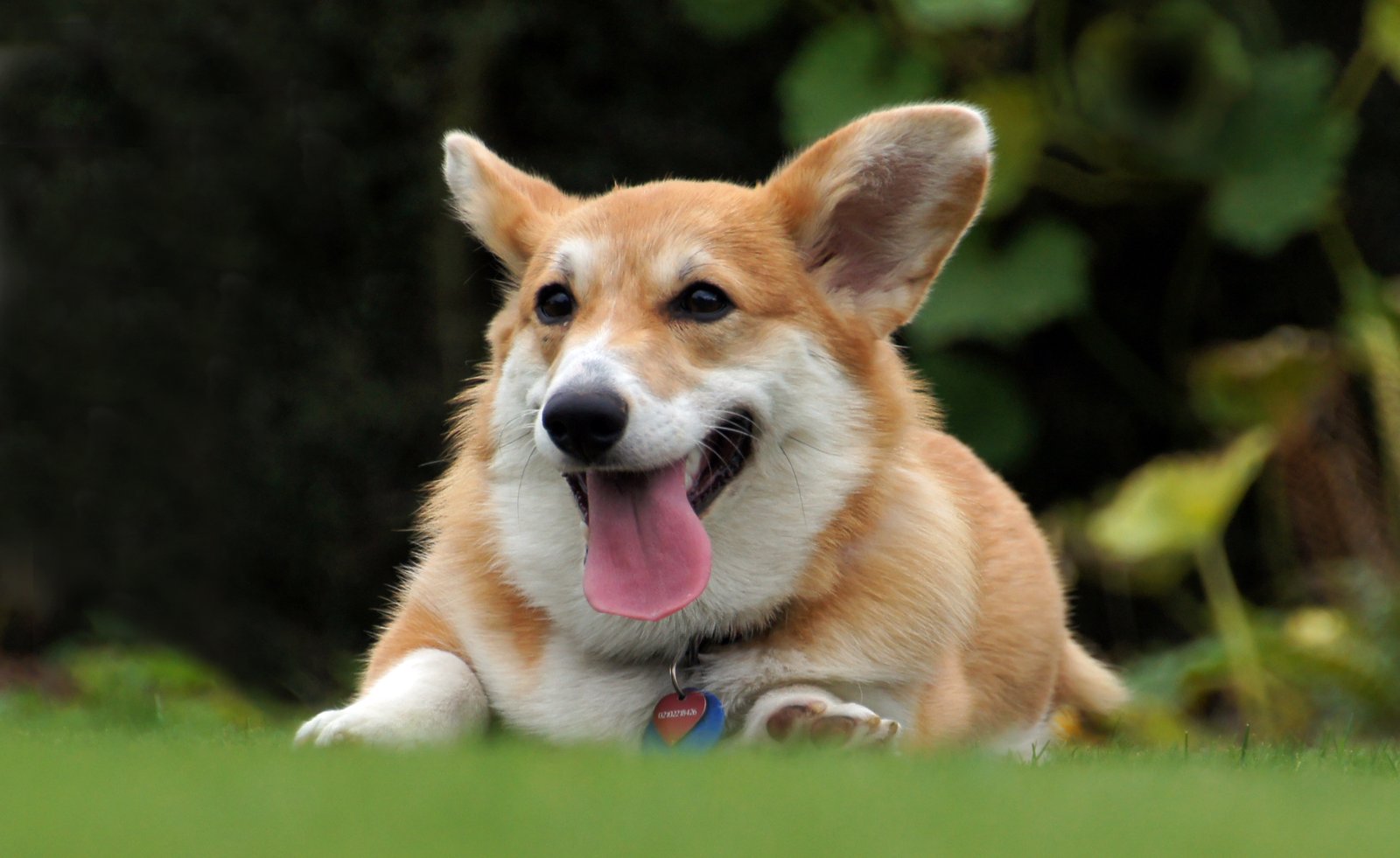
One of the most hotly debated topics among dog owners is whether a dog’s temperament is determined by genetics or upbringing. Purebreds are known for having more predictable personalities, thanks to generations of selective breeding. For example, Golden Retrievers are famously friendly, while Chihuahuas are often bold and feisty. Mixed breeds, on the other hand, can display a fascinating mix of traits. Sometimes, this means they’re more adaptable or easygoing because they don’t have one breed’s strong tendencies. However, this unpredictability can also be a wild card. Ultimately, a dog’s environment, training, and socialization play just as big a role as their DNA in shaping how they bond with others.
Health and Its Surprising Impact on Socialization
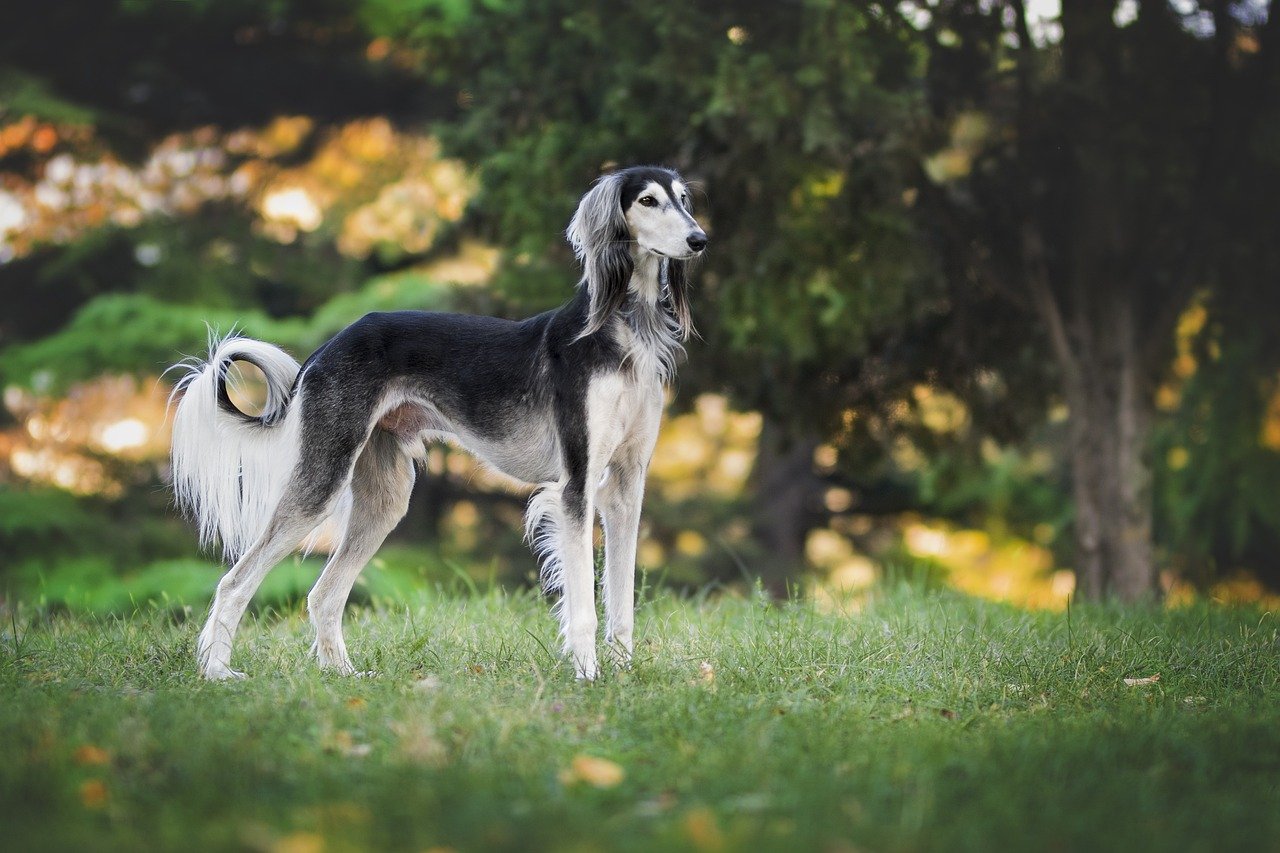
Here’s a shocker: a dog’s health can influence how well they get along with others. Purebreds are sometimes more prone to specific health issues due to their limited gene pool, which can lead to discomfort or anxiety. A dog in pain might become irritable or withdrawn, making bonding harder. Mixed breeds often benefit from what’s known as “hybrid vigor,” meaning they inherit a wider variety of genes and are less likely to suffer from certain hereditary problems. Healthier dogs are generally happier, more energetic, and more willing to play and interact, making socialization a smoother process.
Training and Early Socialization: The True Game Changers
No matter the breed, one thing is clear: early exposure to other dogs and people makes a world of difference. Puppies that are socialized in positive environments—puppy classes, playdates, or walks in the neighborhood—tend to grow into confident, well-adjusted adults. Purebreds might come with a reputation for being easy or hard to train, but mixed breeds can be just as eager to learn and engage. The real magic happens when owners put in the time and effort to build trust, encourage good behavior, and introduce their dogs to a variety of experiences from a young age.
Breed Stereotypes: Do They Hold Up in the Real World?
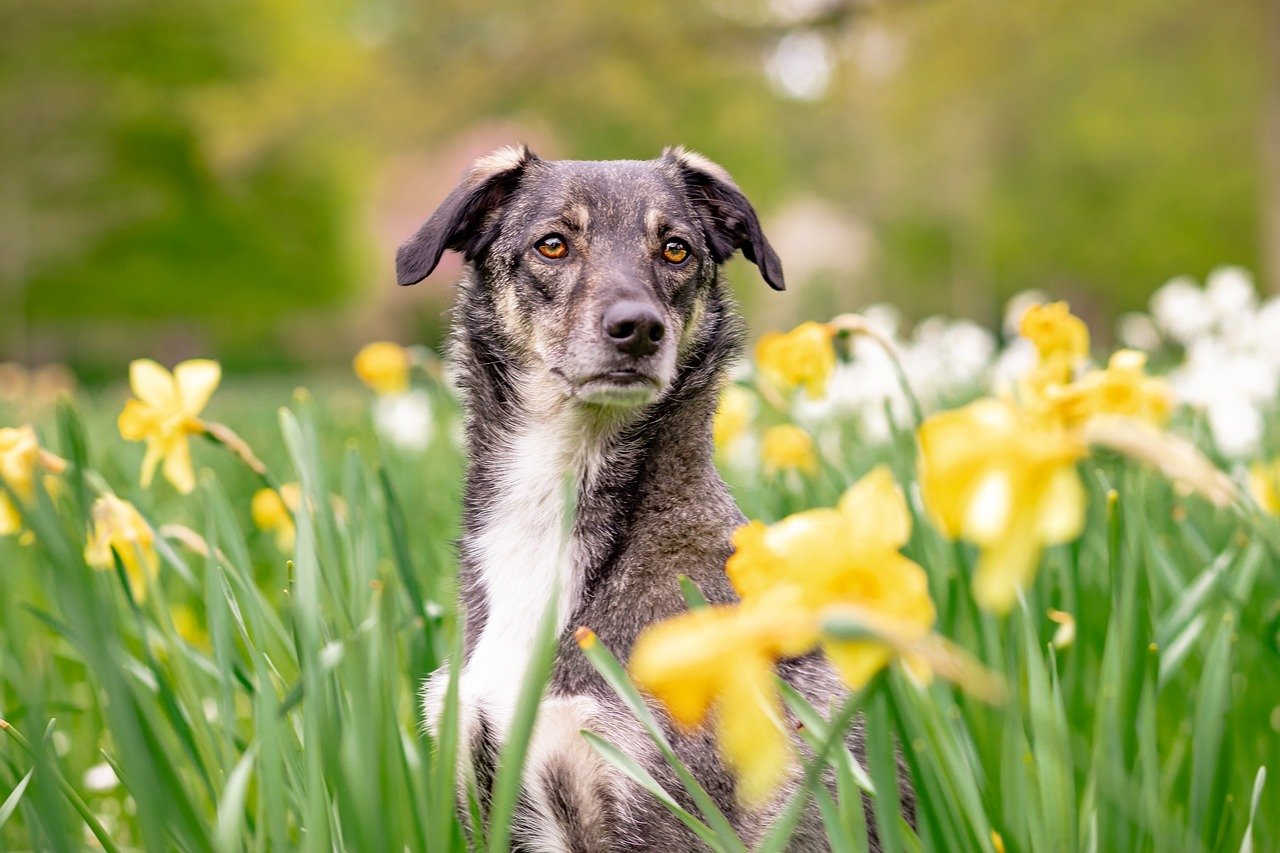
We’ve all heard the stereotypes: Pit Bulls are aggressive, Doodles are gentle, and Terriers are stubborn. But are these labels fair—or even accurate? While breed tendencies exist, every dog is an individual. Many mixed breeds defy expectations entirely, blending the best of both (or many) worlds. Even within a single breed, you’ll find shy Labradors and outgoing Bulldogs. It’s easy to fall into the trap of judging a book by its cover, but the truth is far more nuanced. Dogs of all backgrounds can surprise you with their ability to bond, connect, and show affection.
The Role of Environment: Home Life and Social Circles

Where a dog grows up has a massive impact on their social skills. Dogs raised in bustling, friendly homes with lots of visitors and other pets tend to be more outgoing and adaptable. Mixed breeds often come from shelters or rescues, where they’ve had to navigate complex social settings early on. This can actually make them more resilient and better at getting along with others. Purebreds, especially those from breeders, might have a more sheltered upbringing, which can sometimes make adapting to new social situations a challenge. The environment shapes behavior just as much as genetics.
Rescue Dogs: Overcoming the Odds in Social Settings

There’s something incredibly inspiring about rescue dogs. Many are mixed breeds, and they often arrive at shelters with unknown histories. Despite this, countless stories show these dogs forming incredibly strong bonds with new families and fellow pets. Their adaptability and resilience are nothing short of remarkable. In fact, overcoming adversity can sometimes make these dogs more empathetic and eager to connect. Purebred rescues face their own challenges, but with patience and love, they too can blossom socially. The journey from shelter to a loving home is a testament to the power of second chances.
Purebred Perks: Predictability and Specialized Social Skills

Purebreds do have their advantages, especially for owners seeking specific traits. Certain breeds are known for their strong desire to please and connect with both humans and dogs. For example, Retrievers and Spaniels were bred to work in groups, making them natural social butterflies. This predictability can be reassuring, especially for families with children or multiple pets. However, even within breeds known for their sociability, individual personalities matter. Purebreds can still have quirks, preferences, and challenges when it comes to bonding with others.
Mixed Breeds: Flexibility and Surprising Social Strengths
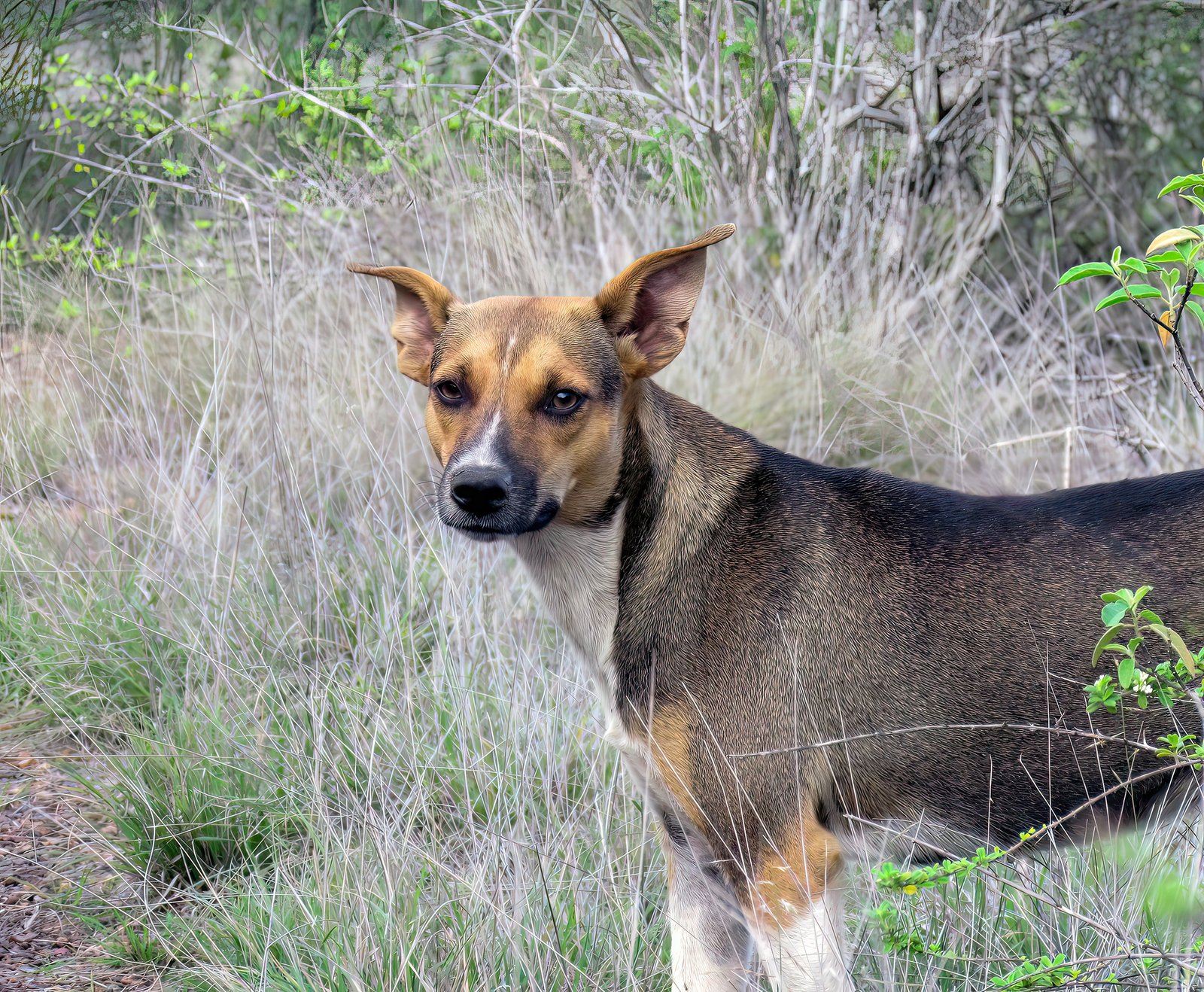
Mixed breeds often bring a delightful blend of personalities to the table. Without the strong, sometimes stubborn traits of specific breeds, they can be more open-minded and adaptable in social situations. Many owners report that their mixed breed dogs seem to “read the room” better, adjusting their play style to fit the group. This flexibility can make them excellent companions in multi-dog households or busy social environments. While unpredictability can be a challenge, it also means that mixed breeds often defy expectations and create truly unique connections.
At the end of the day, the question isn’t just about mixed breeds versus purebreds—it’s about finding the right fit for your home and heart. A dog’s ability to bond with others depends on a mix of factors: genetics, upbringing, health, environment, and individual personality. Whether you choose a purebred with predictable traits or a mixed breed full of surprises, the magic happens when love, patience, and understanding come together. Isn’t it amazing how dogs, no matter their background, can teach us about acceptance and connection?

Andrew Alpin from India is the Brand Manager of Doggo digest. Andrew is an experienced content specialist and social media manager with a passion for writing. His forte includes health and wellness, Travel, Animals, and Nature. A nature nomad, Andrew is obsessed with mountains and loves high-altitude trekking. He has been on several Himalayan treks in India including the Everest Base Camp in Nepal.

